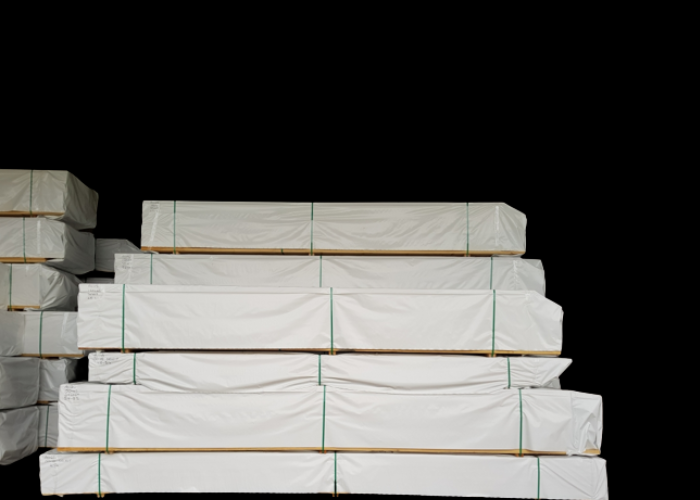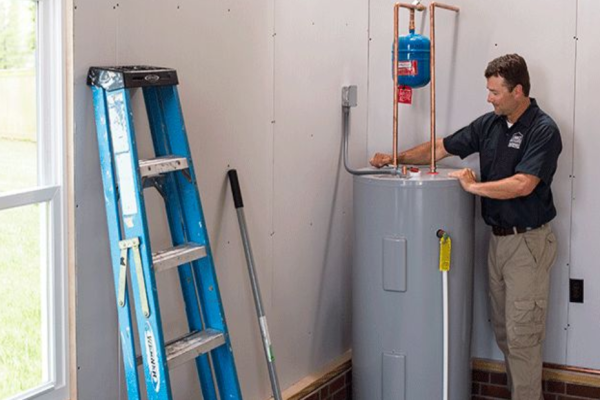To offer protective packaging for set size batches of plywood, sawn timber, kiln-dried wood logs, wooden panels, etc., timber covers are three-dimensional bags produced from timber wrap fabric. These cover aid in preventing abrasion during shipping and protecting wood from the elements during transit and/or storage. Due to the three-layered polypropylene construction and the addition of other robust components, they have an incredibly high resistance and longevity. Fabric lumber covers are impervious to tears and punctures and may maintain their integrity in a variety of ecological settings. Fabric lumber coverings are an excellent solution for packaging because of their characteristics.
What are the main features of lumber covers?
● PMS tones can be matched with a virtually infinite number of fabric colours, up to and including 100% transparency.
● Several lengths and weights of cloth.
● To prevent heat buildup, there is an opaque coating on both sides.
● UV protection from prolonged exposure outside
● Glossy or matte extrusion coating finishes.
● Internal or external seams depending on the needs of the customer.
● Up to six colours can be printed on the flexographic surface, depending on the width.
Benefits of lumber covers
Robust protection
Timber covers serve as a barrier against numerous environmental factors. To stop the growth of mould, mildew, and rot, they protect the wood from rain, snow, and excessive moisture. Additionally, timber covers provide protection from UV rays, which can deteriorate the quality of the wood and create discoloration. Timber covers protect the timber from these factors, extending its lifespan and ensuring that it reaches its destination in top shape.
Dust and debris
Wood materials are susceptible to collecting dust, grime, and other debris while being moved or stored, which reduces their aesthetic appeal and market value. The lumber covers successfully stop this pollution, keeping the wood surfaces clear and untainted. In order to preserve their visual appeal and guarantee customer pleasure, this benefit is especially important for high-quality timber goods. Timber covers ultimately save time, labour, and resources because they do not require intensive cleaning and refinishing.
Better structural stability
The structural integrity of wood products is enhanced by lumber covers. These covers offer a tight fit that keeps timber from warping, bending, or bowing while in transit or storage. This is especially crucial when timber is subjected to changing weather and temperature conditions. By providing additional support in the form of timber covers, the wood maintains its straightness and original shape, lowering the possibility of damage and ensuring that it may be utilised effectively in manufacturing or building processes.
Avoiding theft and vandalism
In order to prevent theft and vandalism, use lumber covers. The covers prevent potential thieves or vandals from seeing the contents, adding an extra degree of security by making it impossible for them to identify valuable timber. Timber covers increase overall site security, protect priceless items, and lower the likelihood of losses by preventing unauthorised access. For building sites or timber yards situated in high-theft zones, this benefit is particularly substantial.
How to choose the best lumber covers?
There are several companies like Anita Plastics that provide you woven lumber covers that are incredibly well made and have a wide range of products. In the shape of sheet rolls or building covers, woven lumber wrap is produced in a wide range of thicknesses. The Timber Wraps on the market are made of a low-density polyethylene scrim with a high-density polyethylene scrim underneath. These wraps are manufactured of Xwrap standard, Xwrap +Plus, or Xwrap Premium materials if specifics about them are provided. We can promise you that these materials are the best available for making woven timber coverings. These come in white/white, white/black, and white/tan tones, and they can be printed in up to four other colours.
You may choose from a variety of colour parameters for all of these timber covers, as described above, and they all include UVI protection. Moreover, there are several roll widths.
Woven timber wraps have established measurements for roll width and colour, just like any product has a commonly recognised standard. Furthermore, they can be produced in lengths of 1000 and 2000 feet. When the need for a timber wrap with specific dimensions arises, this need can be met by producing the timber wrap to the specifications of the client. We might modify a product to fulfill needs, for instance, if a buyer requested a timber wrap that was broader than 144″.
The necessity of choosing lumber covers instead of poly sheeting
First, the timber wrap is a cost-effective product to purchase due to its unique qualities. Its strength and longevity are guaranteed by the coated plastic and the multi-layer weave. These characteristics work together to produce products that are both durable and affordable, making them ideal for packaging. The material’s flexibility and suppleness when it comes to storage make it simple to cover the products without any hassle. Timber wrap has strength and resistance to multidirectional tension thanks to the high-density polyethylene weave. High-density polyethylene resists the spread of a dent if a rip begins due to its cross-sectional structure. This braided lumber wrap with a UV stabilised coating offers outstanding strength, dimensional stability, and puncture resistance.
Furthermore, it has a low-density polyethylene coating for two key purposes. One is that this coating will give the woven timber wrap a watertight seal, keeping it fastened against dampness. The high-density polyethylene weave’s structural stability is the second justification. Woven timber wrap offers flexible and long-lasting protection for the timber whereas other comparable solutions are significantly more brittle.
In a nutshell
Anyone can choose the shade that best suits them because Woven lumber covers can be produced in any polyethylene dye tint. The typical hue for braided timber wrap is white polyurethane on one side and black polyurethane on the other. Due to its reflective surface, this colour combination makes it possible for the woven wrap to be resistant to the effects of sunshine. When the white-coated surface turns into the reflecting exterior, the black-coated side shades the timber, keeping it at a cooler temperature. In essence, the opacity that both layers produce allows the timber wrap to trap less heat and humidity.





